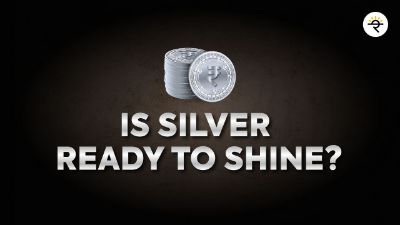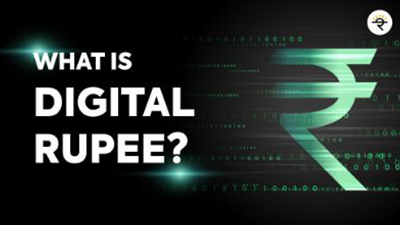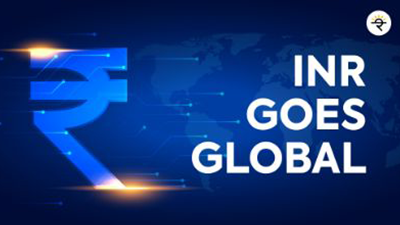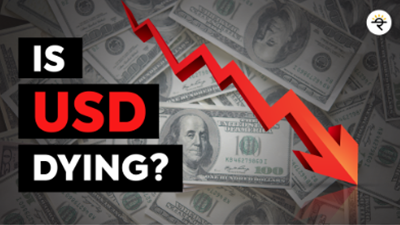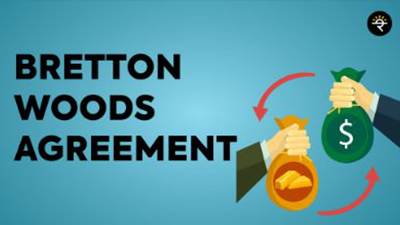Mirror mirror on the wall, will Nifty jump or have a great fall? If only we had such a mirror that could tell us where a stock or market is headed! But only 2 people can tell where the market is headed. One is God and the other is a liar. We can only build predictions in this regard and take positions accordingly. But how can we do so and earn good money out of it? For that, we have a derivative instrument called Futures. So, let’s understand the world of Futures!
What are Futures?A futures or futures contract is a financial contract between a buyer and a seller, who enter into the contract based on his/her view on an asset’s future price movement. It is a legally binding derivative contract to buy or sell an asset at a predetermined price on a future date. Hence, the name Futures. Two major features of futures contracts are that they are standardized and exchange-traded. Due to these reasons, they are often preferred over forward contracts by traders. We can say that futures are an extended or a better version of forwards. These important features protect a trader from various risks like liquidity risk, counterparty risk, etc. Futures are usually used by speculators and hedgers. You might recall these terms from our previous blog.
Following the definition of derivatives, even futures contract derives their value from an underlying asset’s spot price. The spot price is nothing but the price at which an asset is currently trading in the cash market. For example, the ACC Ltd. Futures contract will derive its value from the stock price of ACC i.e. its spot price.
How does it work?Well, in a futures contract, both the buyer and the seller are obliged to fulfil the contract's specifications. The buyer of the contract is of the view that the price of an underlying will rise in near future and the seller has the opposite view. So, when both parties enter into a futures contract, the buyer must buy and accept the underlying asset whereas the seller must sell and deliver it on the expiry of the contract. Therefore, if the spot price of an asset goes up, the buyer wins and if it goes down the seller wins. And that’s how a futures contract work. I hope all of this is crystal clear. Now let’s level up a little and understand some contract specifications about futures.
Futures contract specifications
a. Lot size
By now you already know that futures are standardized contracts as they are exchange-traded. This means that everything in the contract is pre-specified by the exchanges. One such specification is the lot size of the contract. The lot size is nothing but the minimum quantity of the underlying asset you need to buy in order to enter into a futures contract. This minimum quantity is called 1 lot. For example, the lot size for ACC is 500 shares whereas for Gold it is 1 Kg. Lot sizes can vary from asset to asset.
The contract value is simply the product of the agreed lot size and price. For example, if you agree to buy 3 lots of ACC (500*3= 1500) at say spot price of Rs. 2,400/share, your contract value will be Rs. 36 Lakh.
Tick size is the minimum difference between the different bids and offer prices. Bid price is buying price whereas offer price is the selling price of an asset. To put it simply, it is the minimum difference between the consecutive bid and offer prices. Right now, the tick size on NSE is Rs. 0.05. So, if we continue with the example of ACC, let’s assume the LTP (Last traded price) of ACC futures was 2410 then the bid prices would be 2409.95, 2409.90, 2409. 85, etc. and offer prices would be 2410.05, 2410.10, 2410.15, etc.
d. Expiry
Just like any other product has an expiry date, even a futures contract has one. Expiry is nothing but the date on which the contract ceases to exist. So, naturally, this is the last trading day of a contract. Any scrip trading in the futures market shall have three different expiries available for trading - the near month expiry (expiry in the current month), the mid-month (expiry in next month) and the far month expiry (expiry in the month after). These contracts expire on the last Thursday of every month. If the last Thursday is a national holiday, then the contract will expire on the previous trading day. On the expiry of the near month contract, the mid-month contract shall become the near month, the far month will become mid-month and the exchange will introduce a new far month contract, this cycle goes on.
Example
So, this is how an actual futures contract for ACC Limited looks like. The screenshot is taken on September 6, 2021, from the NSE website.

Bottomline
In the end, I would like to say that if you trade in F&O without proper knowledge, you will have no Future and you will be left with no Options. Just to revise quickly what we learned today, futures are standardized agreements wherein the parties to the contract agree to buy/sell the underlying at a pre-determined price on a pre-determined future date. The contract specifications are standardized and are decided by the exchange. Under contract specifications, we understood few key terms like lot size, contract value, tick size, and expiry. There are many other things which you need to know to learn about the Futures and I got you covered. If you want to learn about Futures and Options in the most fun, simplified and practical manner, make sure you check out my course here. I am sure you will love it. Until next time!









